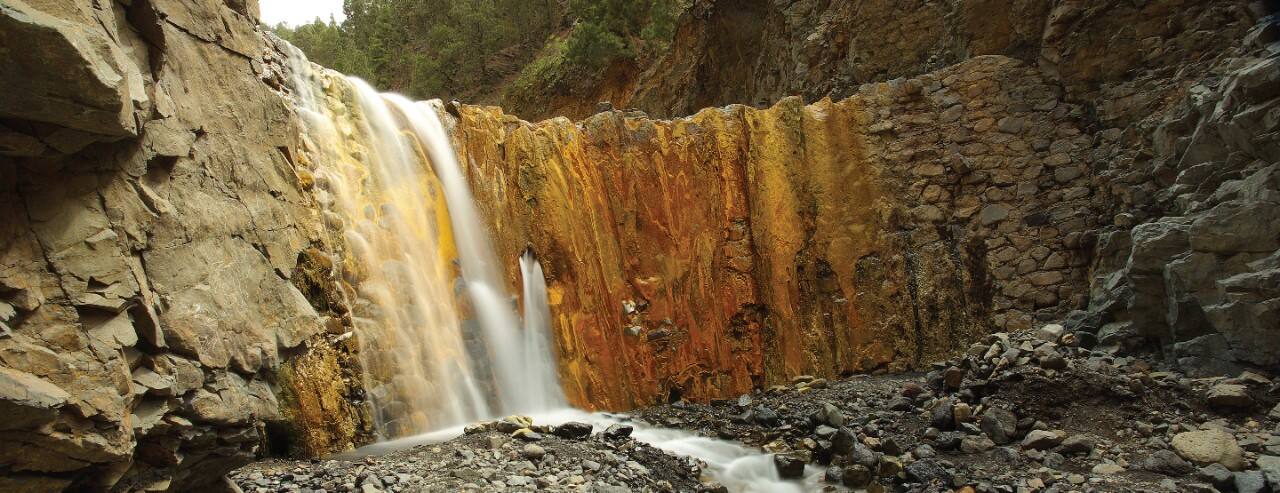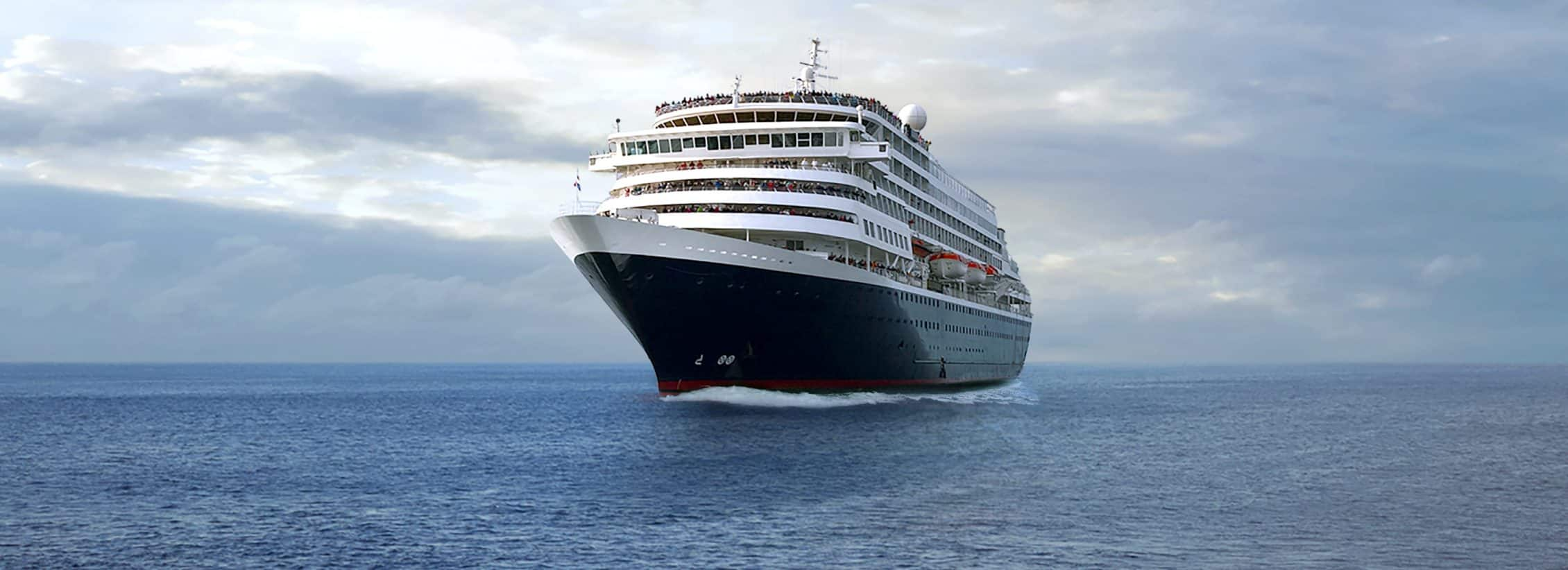Las Palmas blends island relaxation with Spanish flair. Wander the colonial quarter of Vegueta, unwind on Playa de Las Canteras, or explore volcanic highlands inland. A crossroads of cultures and climates, this Canary Islands port offers both sunshine and substance.

Las Palmas, Gran Canaria, Canary Islands, Spain
Featured Shore Excursions

Hop-On, Hop-Off Las Palmas (Sold On Board)

Las Palmas Private Touring - Half Day (Car)

Las Palmas Private Touring - Half Day (Minibus)

Las Palmas Private Touring - Full Day (Minivan)

Las Palmas Private Touring - Full Day (Car)